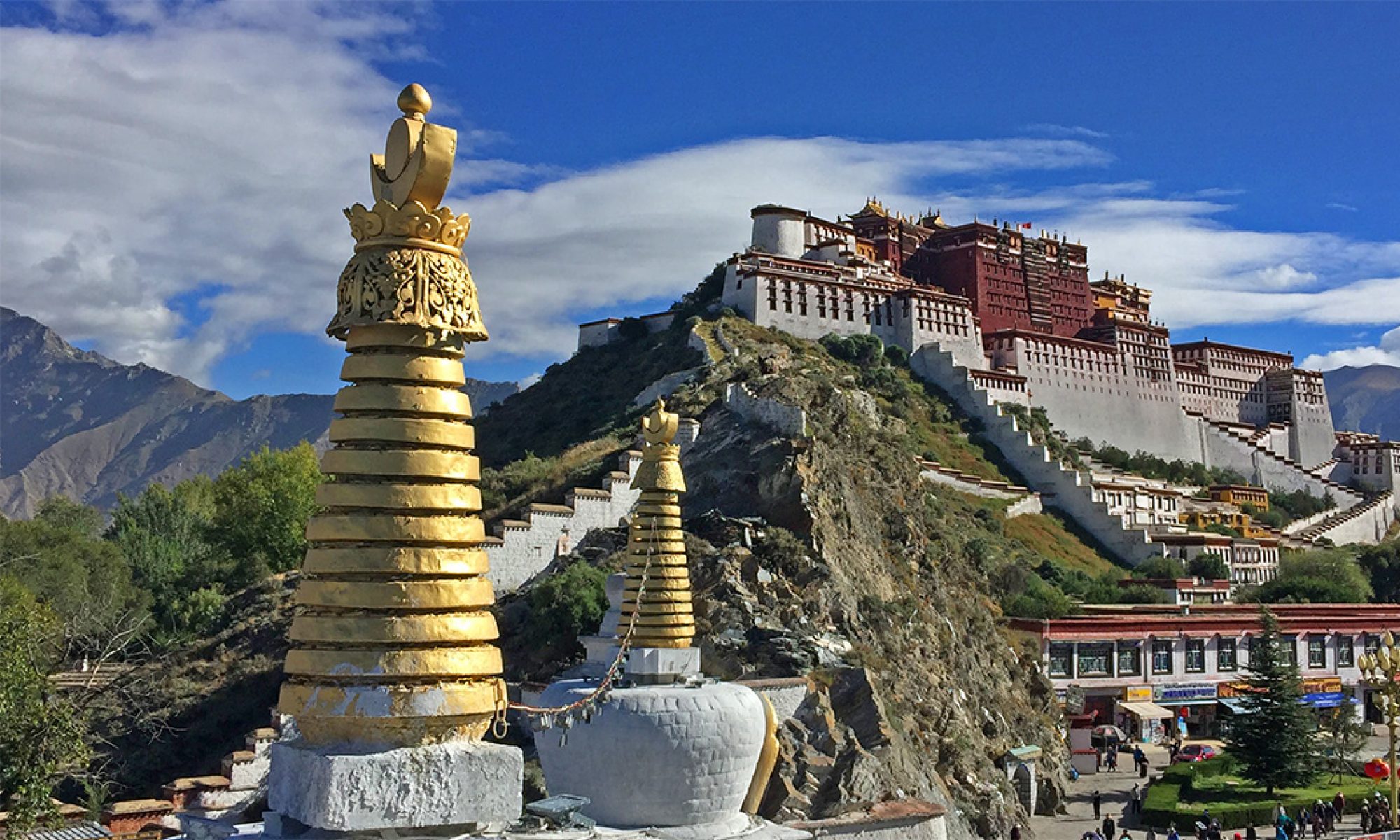Rehe (熱河, Jehol), Chengde (承德)
Rehe Province is located in today’s Hebei (河北)Province. The name Jehol has been used since the 1930s, for the Chinese province north of the Great Wall, west of Manchuria, and east of Mongolia. The capital of Rehe Province is Chengde. Rehe (Jehol) is a formal name for Chengde.
Chengde was the summer capital of Qing dynasty. It was selected as a summer capital both for practical and symbolic reasons. It is located north of the Great Wall, between Northern China and Mongolian steppe. Phillipe Forêt argues that “Khans of the Manchu-Mongolian populations and bodhisattva for Lamaist believers led to the elaboration of a system of three capitals, one in Manchuria (Mukden), one in China proper (Beijing), and one in Inner Mongolia (Chengde),” with Chengde also serving as “religious capital of Tibet.”
Even though Chengde did not get an official designation, as such it functioned as a third capital of the Qing empire. According to Evelyn Rawski’s The Last Emperors, “the region surrounding the imperial villa was administratively designated as a subprefecture (Rehe ting) during the 1720s, then in 1733 made into a department, Chengde zhou,” and “symbolically it was the outer capital, where Mongols, Uighurs, and Tibetan performed court rituals under the jurisdiction of the Lifanyuan.”
In Chengde, there were a lot of lavish spectacles during the Qianlong reign, such as more than forty celebrations of the emperor’s birthday. According to Rawski, it was at “Bishu shanzang” that the emperor celebrated the submission of the Dorbot Mongols (1754) and received the Sixth Panchen Lama (1780) and Lord Macartney’s embassy(1793).
Sources:
Evelyn Rawski, “The Last Emperor.” (California, 1998)
Philippe Forêt, “Making an Imperial Landscape in Chengde, Jehol: The Manchu Landscape Enterprise.” (Ph. D. diss., University of Chicago, 1992)
See also: Lipton & Ragnubs 1996. “Appendix A: The Chinese Lama Temple: The Golden Pavilon of Jehol.” Treasures of Tibetan Art. 261-267.
Entry by Seul kyi Park
